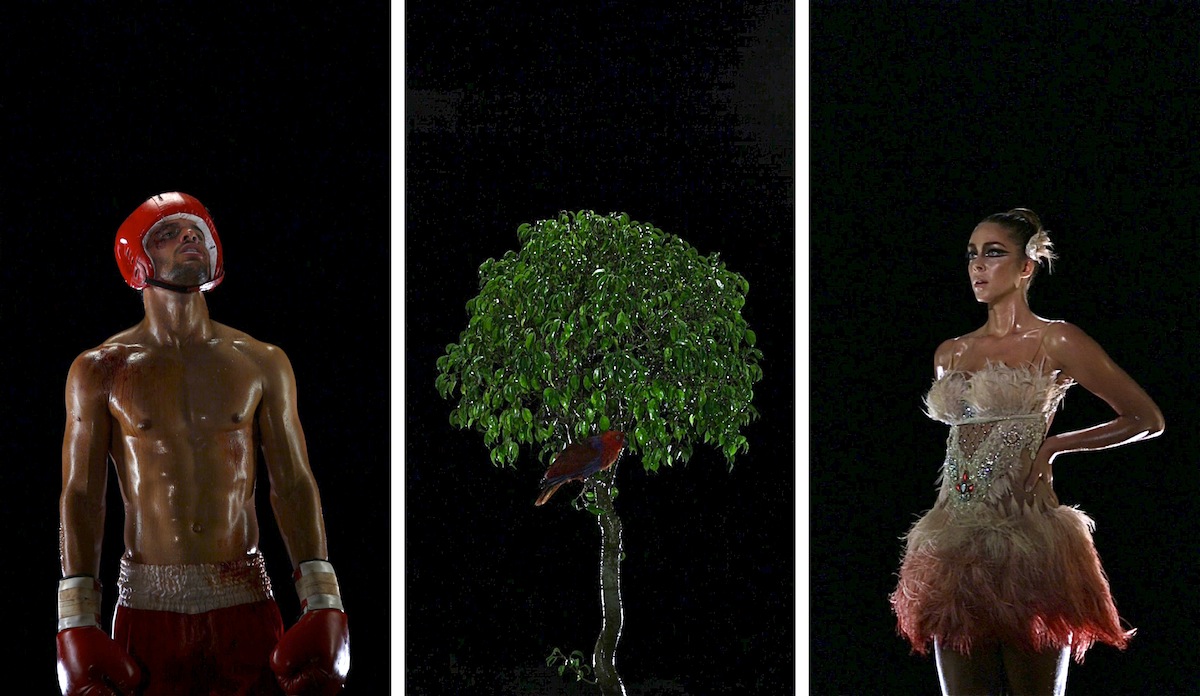10 Picks from ArtRio 2014
Down in Brazil, this weekend marks the fourth iteration of ArtRio, Rio de Janeiro’s premier art fair. Overlooking the harbor at Pier Mauá, it’s not a bad place to take in the outstanding view of mountains and ocean while hopping between the fair’s four enormous warehouses, plus a fifth containing its first adjacent design fair, IDA. Representing 15 countries are a mix of excellent small galleries and a handful of blue-chip heavyweights like White Chapel, Gagosian, and David Zwirner. About half are Brazilian. Between its international breadth, lecture series, and independently curated programs, it’s comparable in scope to well-established fairs like Frieze, which is impressive considering this is the first attempt to organize a major art fair in the city.
Co-founder and director Brenda Valansi, an artist herself, still marvels at how quickly the fair has grown. “In the second year, it was the size that I hoped it would be in 2016,” she says. Valansi chalks up the fair’s success in part to cariocans‘ (natives of Rio de Janeiro) inherent interest in art and culture. “It’s in our DNA,” she says. “We have art in the streets, but why? Here has always been the cultural capital of the country. Twenty years ago we were a mess, with politics and favelas and violence. Now that things are getting better, we’re remembering this.”
But there is still a political undertone to recent art. Cariocan street art, which is lush with rich colors, packed densely between buildings, reflects current events like the FIFA World Cup. Artists like Vik Muniz are known for political commentary (he starred in the Oscar-nominated 2010 documentary Waste Land, the plot line of which hinges on the world’s largest landfill, just outside of Rio). Renata Lucas, who won last year’s Absolut Art Award, explores the fabric of cities as she subverts it. In an unevenly developed city like Rio, where she is based, this takes on new social meaning. Lucas’s project for Absolut takes place around Pier Mauá, where she’s created a diagonal line of doors: At the center they are cut out of opposite walls in an abandoned warehouse, and doors farther out exist as independent temporary installations. She’s also organized for street vendors to sell holograms inspired by the piece.
As the fair has tapped into a renewed local interest in art, the gallery scene is catching up. Valansi estimates at least 10 smaller galleries have opened in recent years, and ArtRio gives them the chance to showcase their work to an international audience. “Without the fair, they’d stay within the gallery—no one would see it, no one would know about it except their friends and families,” she says.
The art scene in Brazil has historically been anchored in São Paulo, where the city’s 31st biennial opened last week, and from which many galleries at ArtRio are based. But Rio’s scale, centrality, and easy access lend to its growth as an international art hub.
On site in Rio, we’ve picked 10 things to see at the fair.







